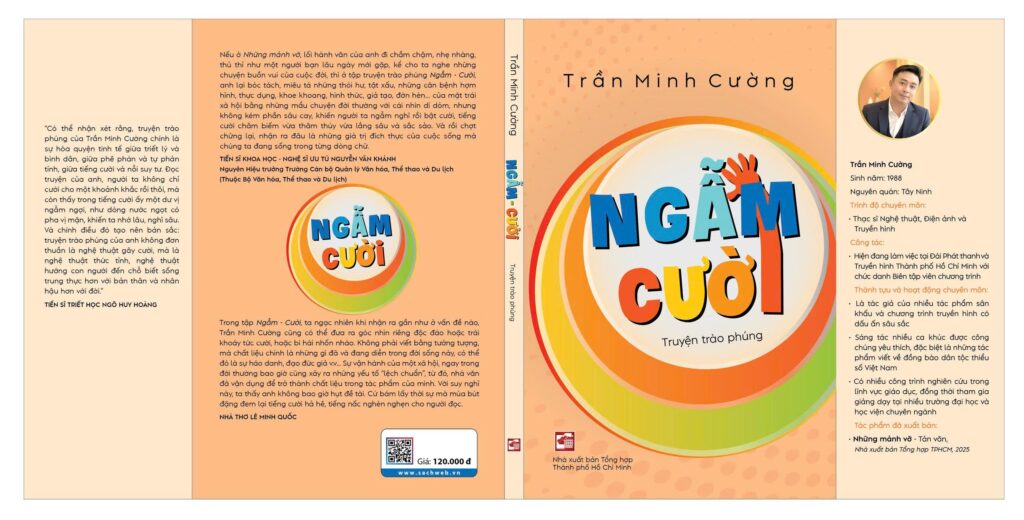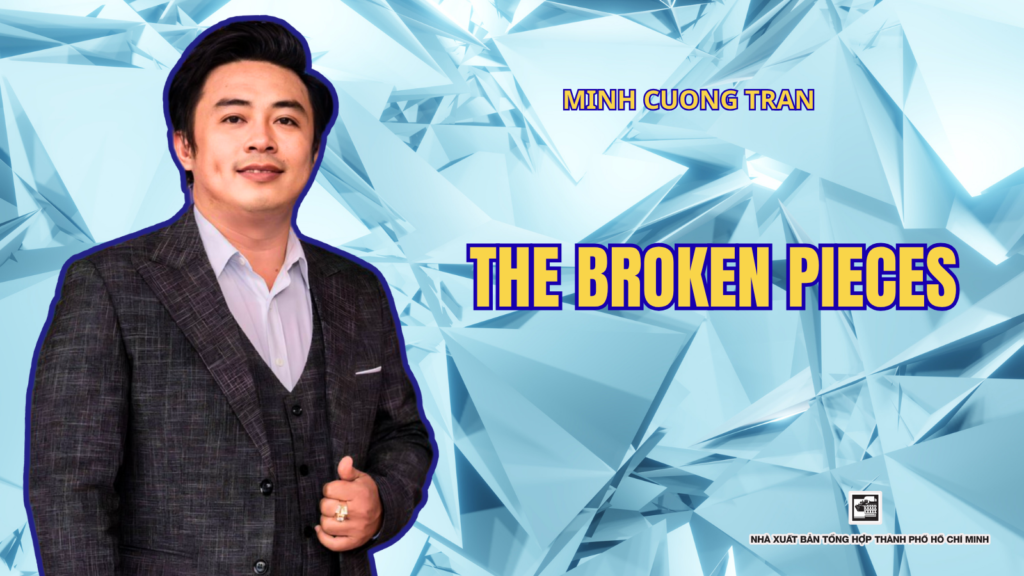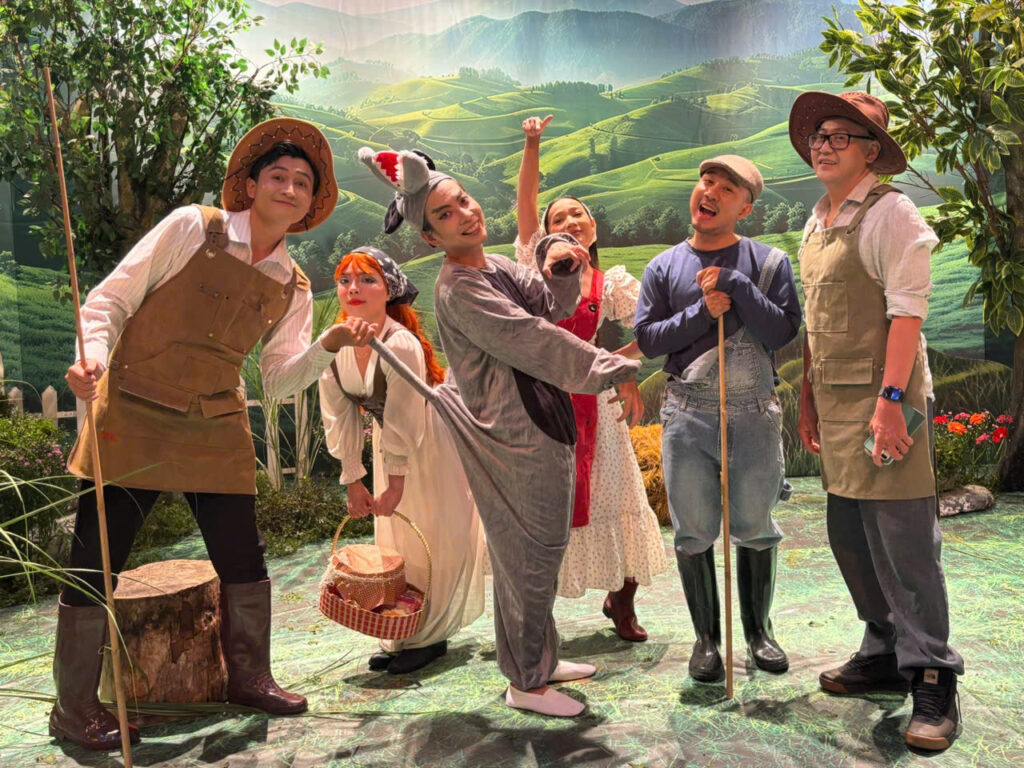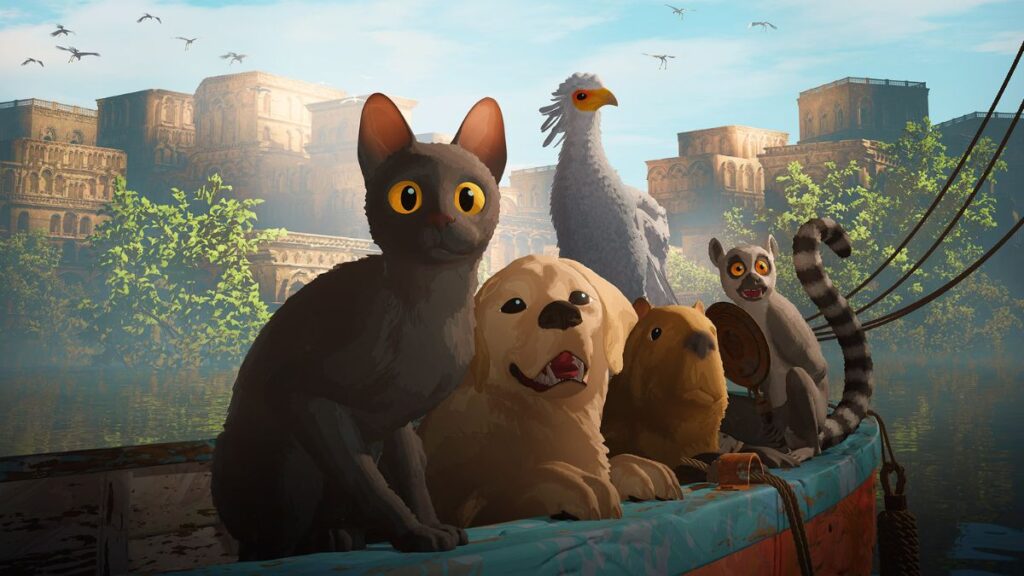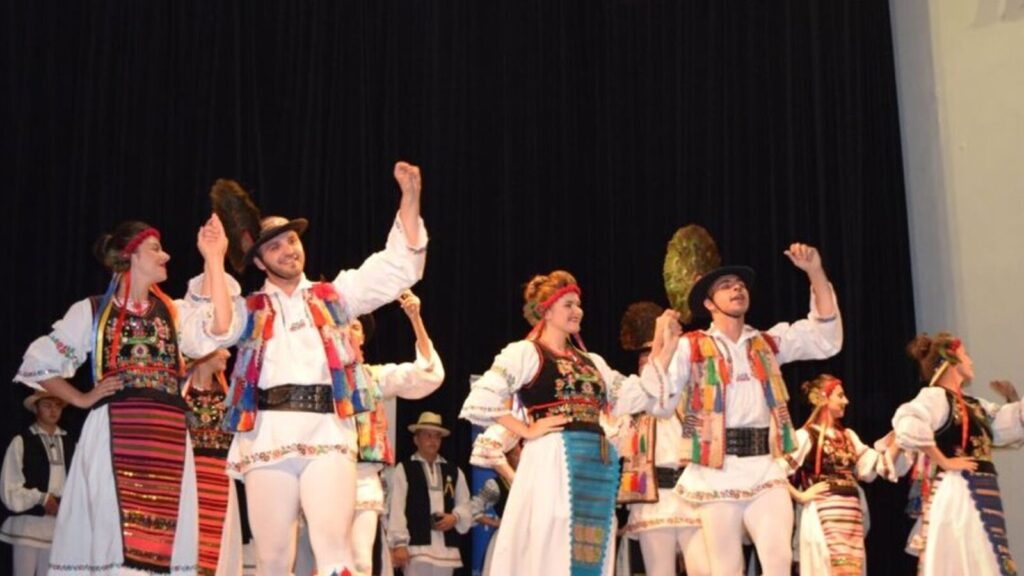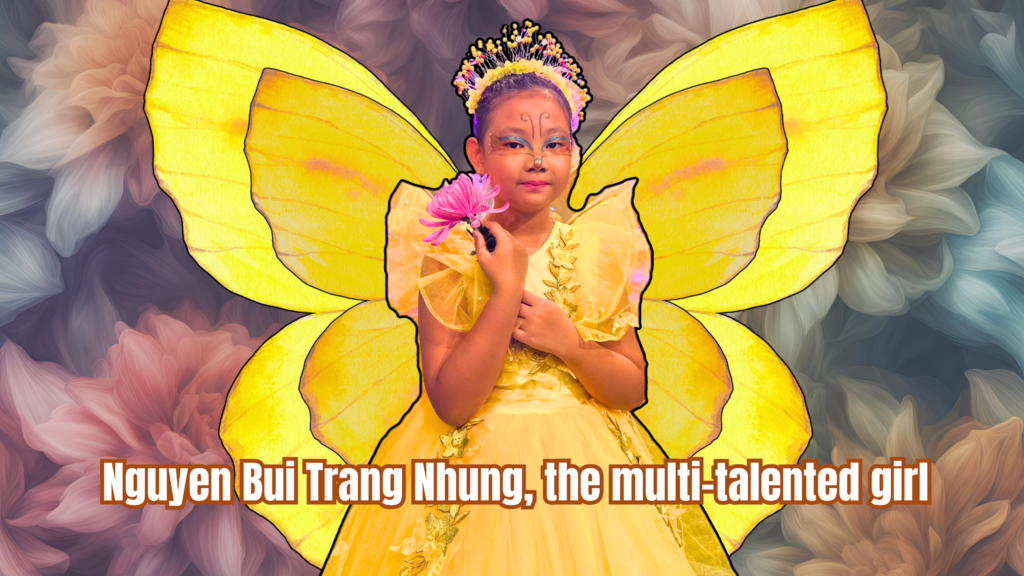“Spring, Summer, Fall, Winter… and Spring Again”: Kim Ki-duk’s cinematic masterpiece
“Spring, summer, fall, winter… and then spring again” (2003) encapsulates the whole life with all its bitterness and sweetness around the setting of a small monastery floating in the middle of a small lake.
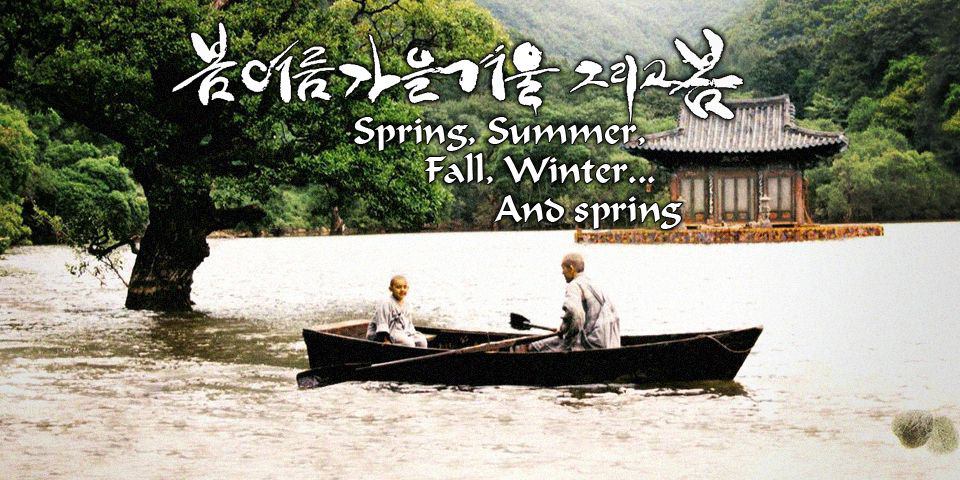
Despite achieving great success at prestigious international film festivals, the film that people most remember director Kim Ki-duk for remains Spring, Summer, Fall, Winter… and Spring.
The film did not bring him the most prestigious awards, but it is the one that those who appreciate his filmmaking career and love his cinematic style remember and cherish the most. Many Western film critics have even regarded it as one of their favorite films.
Few films are as simple yet profoundly moving, thought-provoking, and emotionally resonant as this one. When evaluating a film’s depth, people often reflect on how long they remain immersed in the emotions it evokes.
Spring, Summer, Fall, Winter… and Spring is a film that, once watched, needs only its title to instantly transport the viewer back into the emotional world they once experienced—into those silent, breathtaking frames, as meditative as a journey of contemplation.
It is also rare for a film to be so simple yet leave such a lasting emotional impact, becoming deeply imprinted in one’s memory. This is a film that can be summarized in a few sentences yet can be discussed for hours. The South Korean masterpiece is infused with profound Buddhist philosophy, yet it resonates even with Western audiences. This universal appeal reveals that Spring, Summer, Fall, Winter… and Spring is a film that transcends cultural, religious, and philosophical boundaries, allowing viewers from any background to connect with its essence.
The film primarily unfolds within a small monastery floating on a lake, with this limited setting encapsulating life, faith, growth, love, jealousy, hatred, cruelty, revenge, redemption, and other mysteries.
Throughout this journey, the film’s portrayal of nature instills a sense of peace and tranquility in the audience. Every living creature in the film—the dog, the chicken, the cat, the bird, the snake, the turtle, the fish, the frog—holds symbolic meaning.

The monastery consists of a single room where an old monk and his young apprentice reside and practice their faith. Their lives follow an unchanging, routine rhythm.
The film is rich in symbolic and metaphorical details, leaving room for viewers to interpret them in their own ways. The story revolves around the monastery, floating in the middle of a lake. The young apprentice follows his master, gathering herbs and learning life lessons through simple yet profound experiences.
As time passes, the boy grows into a young man. At the end of spring, a girl arrives with her mother, seeking healing at the monastery. A love affair soon blossoms between the young apprentice and the girl.
One distinctive aspect of Kim Ki-duk’s films is that their messages are never overtly stated or easily grasped.
His films have minimal dialogue, making them difficult to decipher. The characters rarely explain themselves, and the absence of explicit verbal messages forces the audience to focus intently. The true protagonist of this film is life itself—the seasons, the perpetual cycle of time and nature.
Kim Ki-duk masterfully chose the film’s setting: a secluded monastery on a lake, surrounded by a forest, creating an immediate sense of intimacy for the audience. The passage of time and the transition of seasons are crucial to the film’s narrative. In spring, the boy learns to respect all living things. The girl arrives at the end of spring. In summer, the boy experiences love and desire for the first time.
At the end of summer, the master warns the boy about the dangers of unchecked desires. However, the boy ultimately surrenders to his instincts. By autumn, he returns after committing a crime and must face the consequences of his actions.
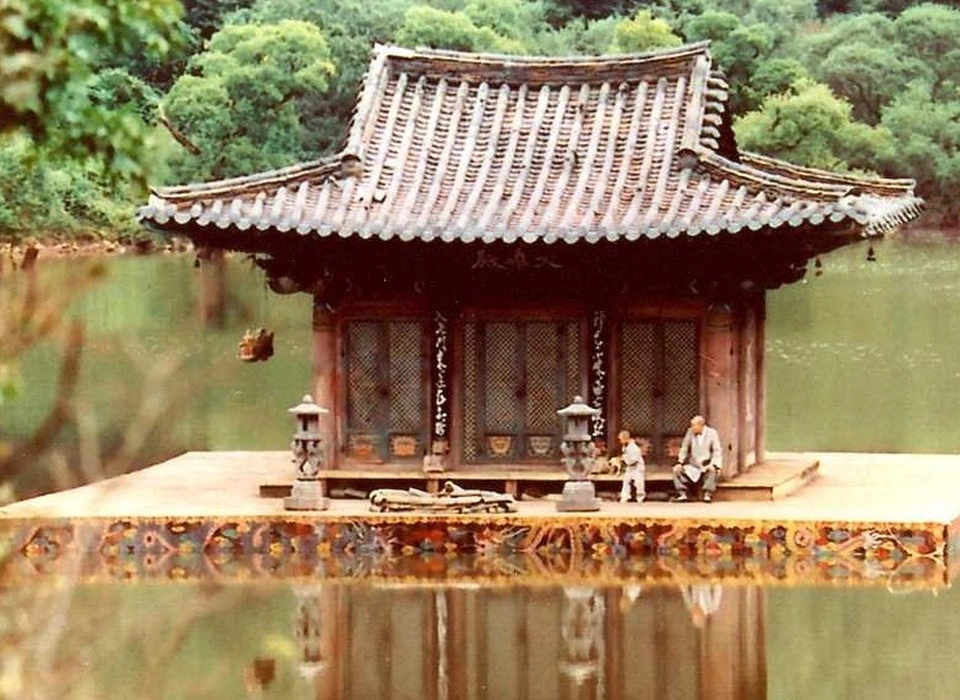
Winter—the harshest season—finds the boy, now a man, returning to the monastery after serving his punishment. He begins to mirror his former master.
Now, having lived through all the “seasons” of his life, the once-reckless apprentice has matured. He has learned to control himself, navigate his own path, and face life’s challenges independently. The man in the film has now become his own master, capable of understanding and confronting life with wisdom.
Spring, Summer, Fall, Winter… and Spring is a film about respecting life, experiencing love, facing hardships, and ultimately overcoming everything to become a true monk. All of this serves as a metaphor for human existence.
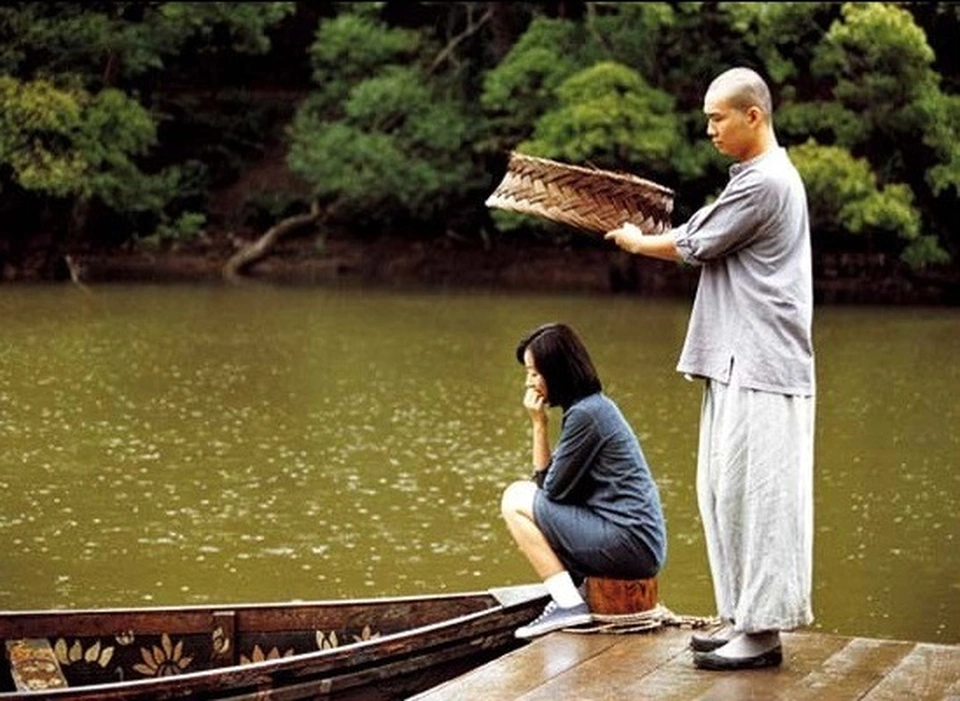
We must learn to respect and understand the people, things, and events around us. We must recognize the dangers posed by our own uncontrolled emotions and desires. We must cultivate discipline to master both body and mind. We must face and overcome the crises that inevitably arise in life.
And above all, we must pass on our wisdom to the next generation.
The film, with its hauntingly beautiful cinematography, compels viewers to reflect on their own inner selves and to find harmony with the seasons of nature and the seasons of life.
But what is most profound about this film is its message of redemption—the idea that there is always a way to make amends, always a chance to start anew, always an opportunity to become a better person when a new cycle begins.
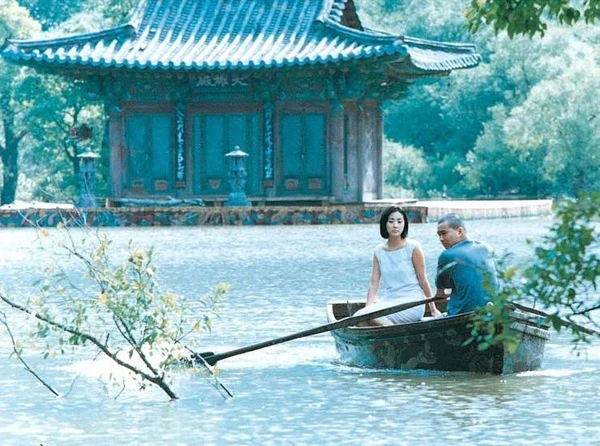
Spring, Summer, Fall, Winter… and Spring is an extraordinary cinematic masterpiece, both visually stunning and philosophically profound. Yet, it does not rely on dialogue. Its beauty and life lessons are best absorbed by immersing oneself in its mesmerizing imagery and following the journey of Spring, Summer, Fall, Winter… and Spring.

